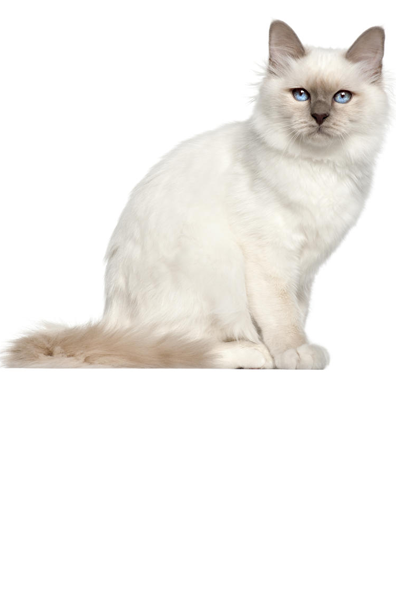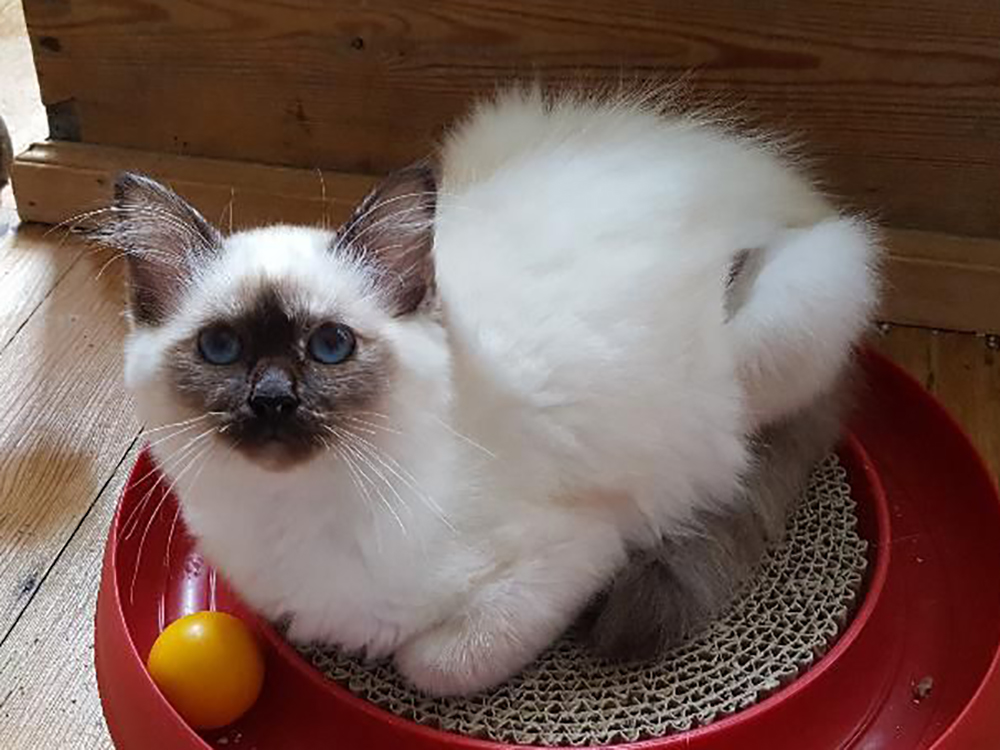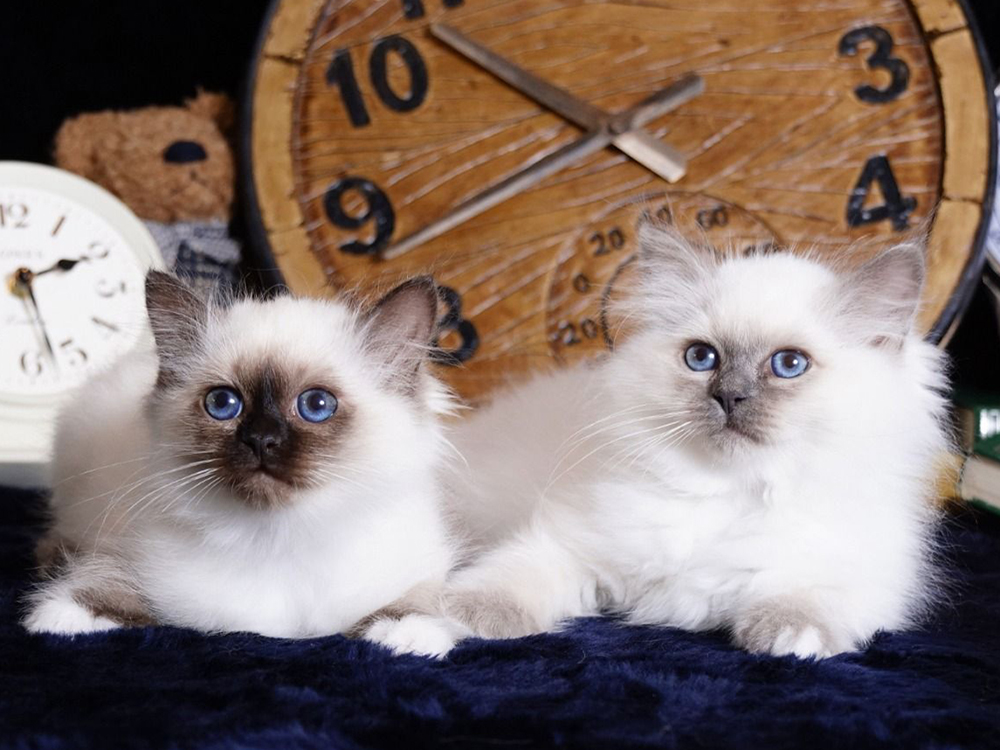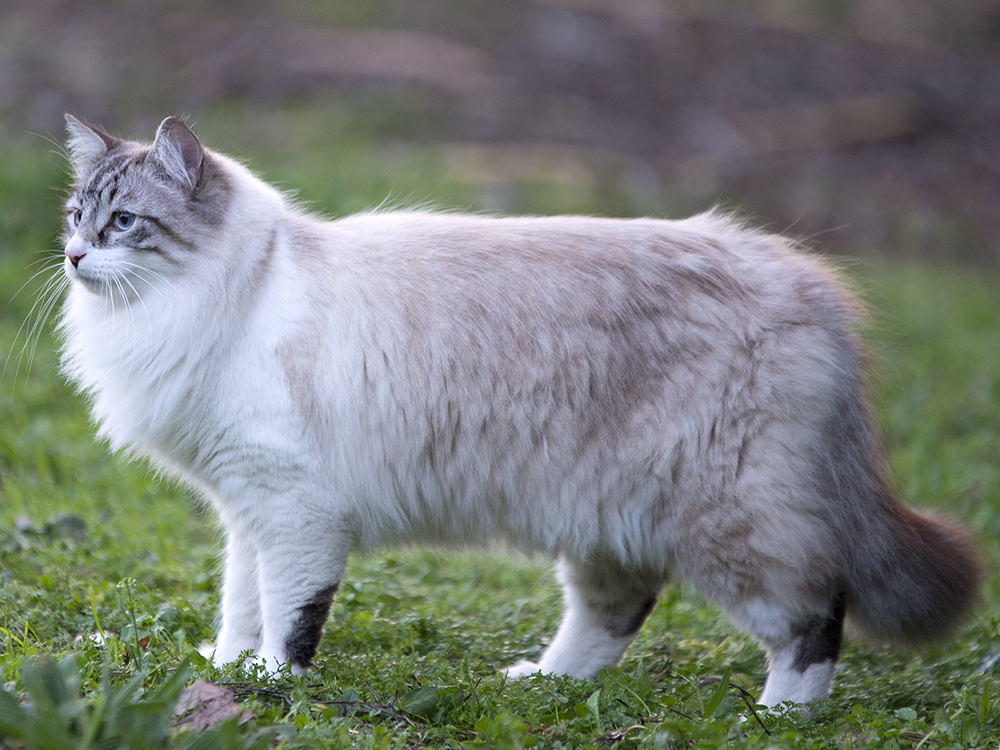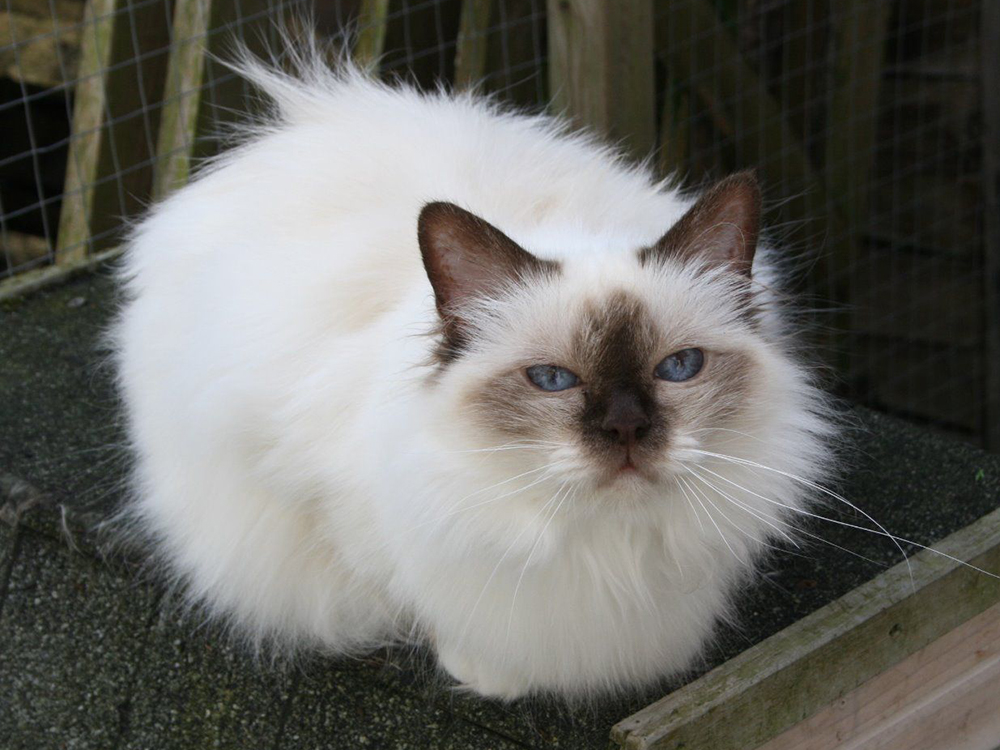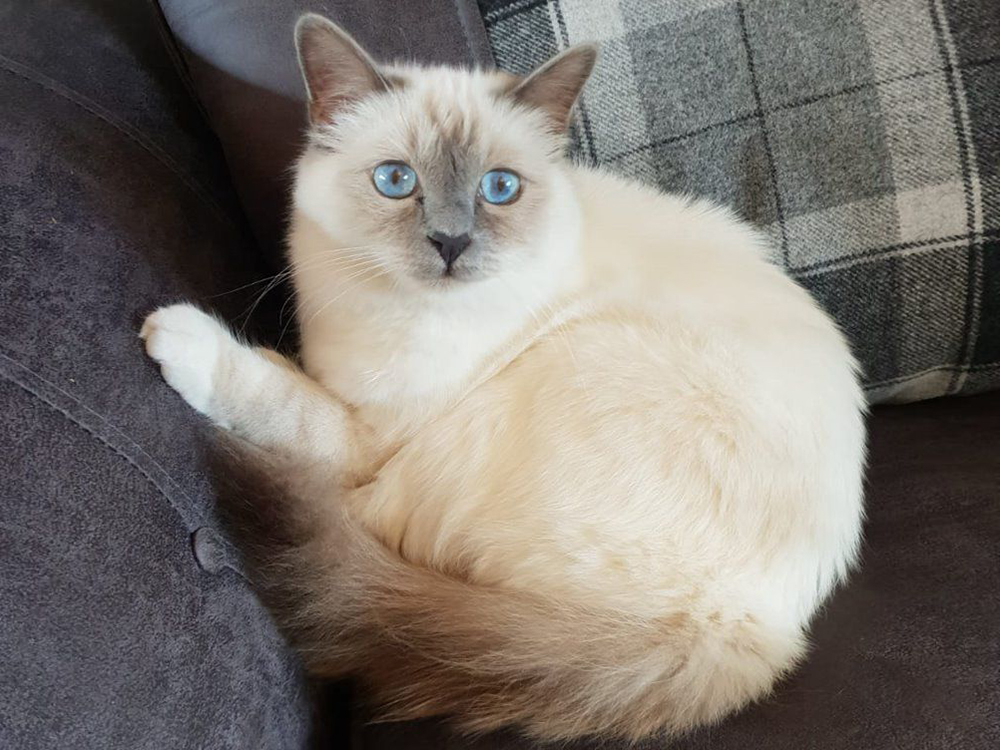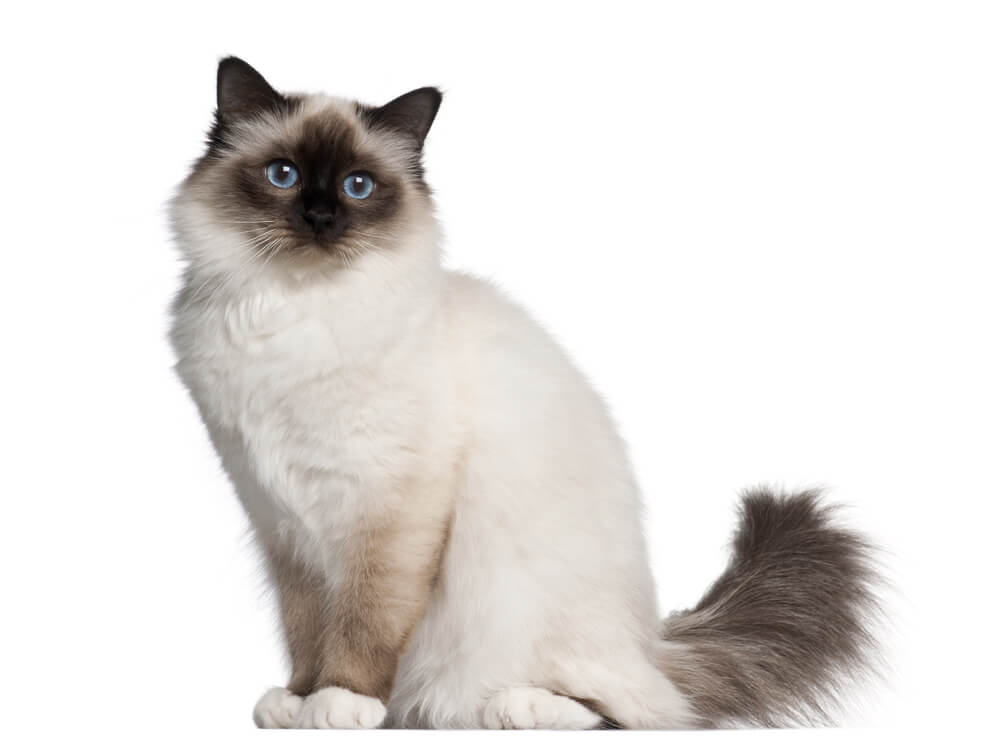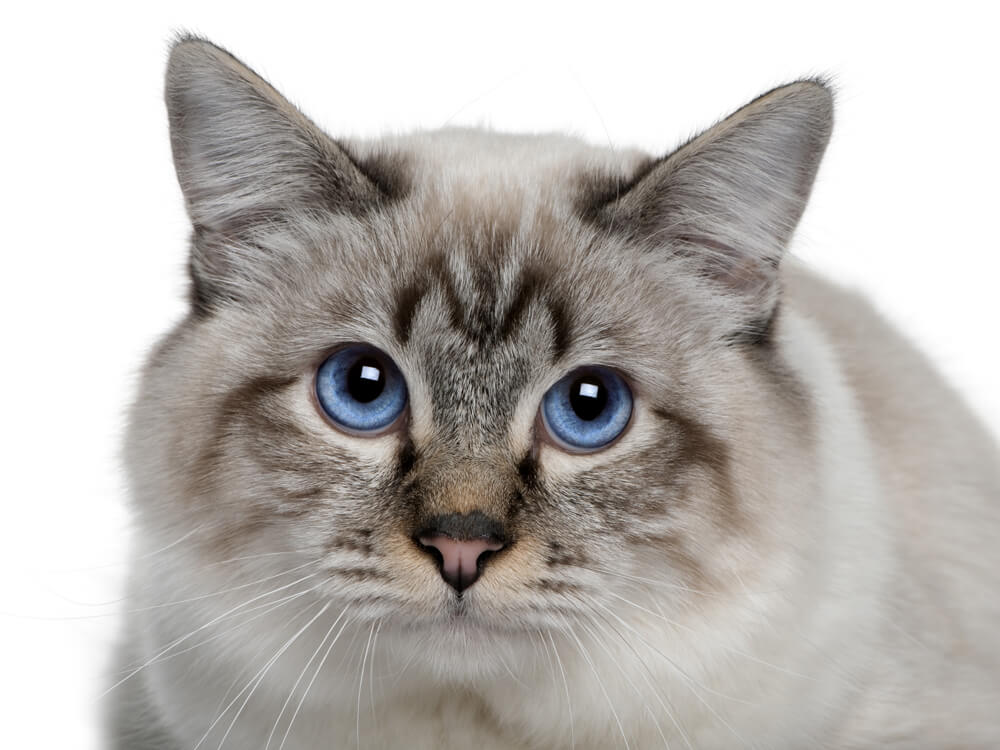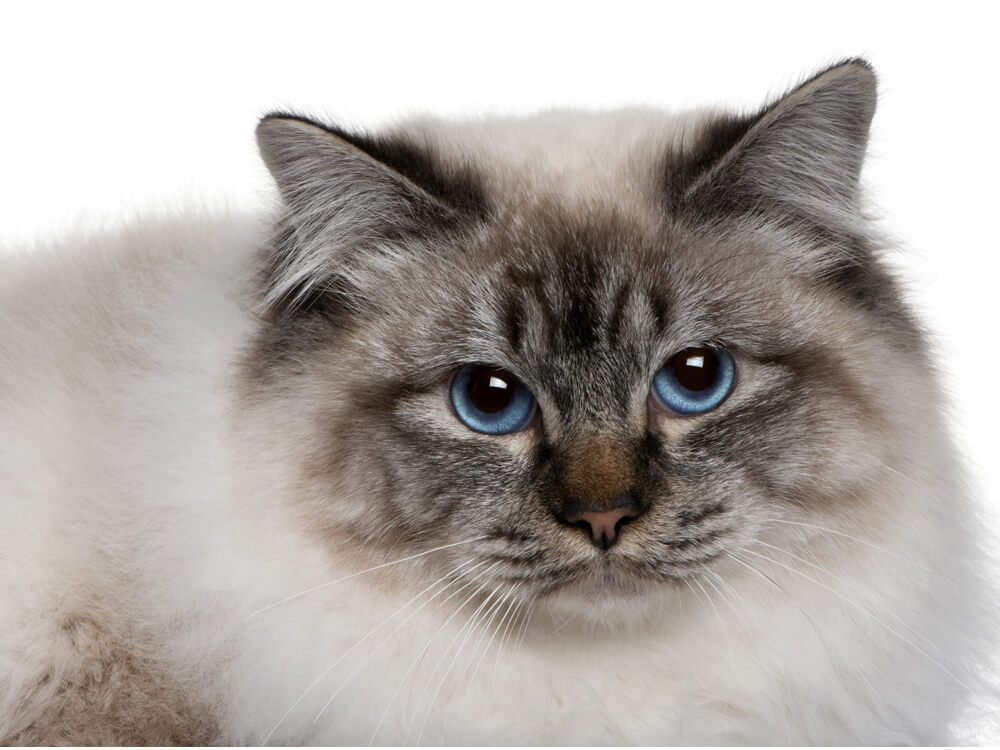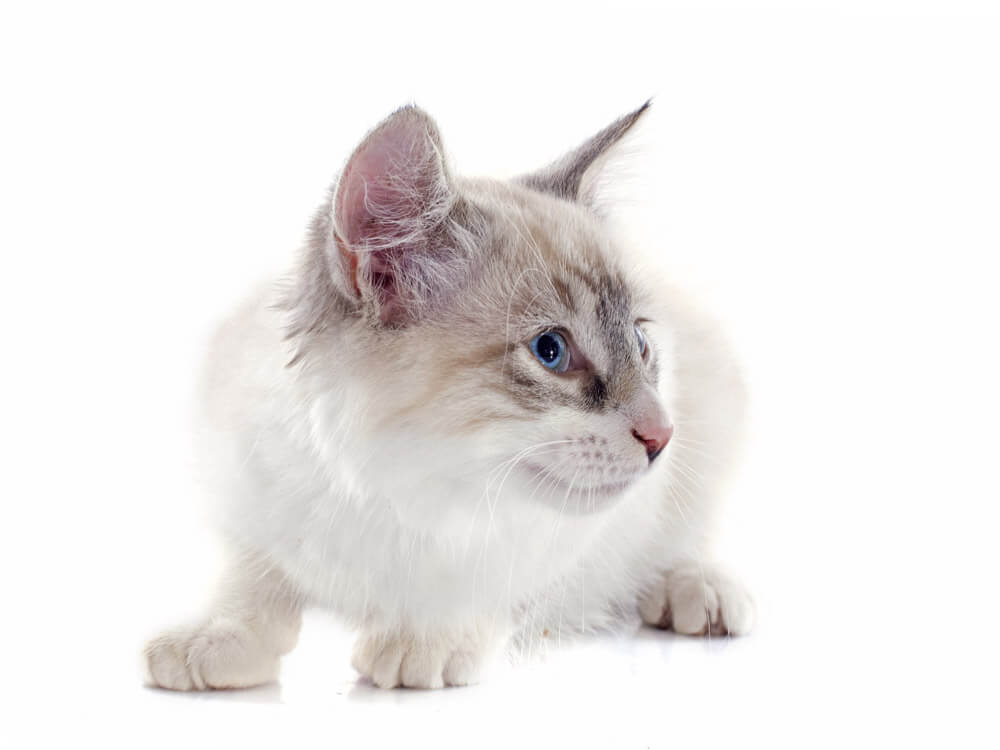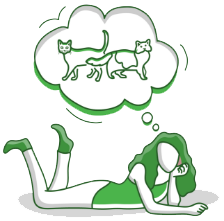
Birman Breed Pictures
Vital Breed Stats
| Weight: | 3 - 5 kg M | 3 - 5 kg F |
| Life Expectancy: | 12 - 15 years |
Breed Characteristics
| Size: |  |
| Grooming: |  |
| Trainability: |  |
| Good with Children: |  |
| Good with other pets: |  |
| Affectionate: |  |
| Active Level: |  |
Give a thumbs up if you love the Birman

0
More About the Breed
History
Legend says the “Sacred Cat of Burma” was given its wonderful coat and eyes as a reward for being loyal to a temple priest. Originating in Burma (present-day Myanmar), where it served as temple cats, the Birman is an old breed. But it was only in the early 1900s that this feline reached Western shores. It allegedly reached France as rewards for a favour done to a temple or through smuggling efforts. It was later shown in the country in the 1920s.
The Birman nearly went extinct during World War II in Europe. However, it was rescued through the efforts of a number of breeders, who outcrossed the remaining cats to Persians and Siamese. After it was finally restored, the breed was then acknowledged by the GCCF in 1966. However, the blue point Birman emerged in 1959 and the chocolate point Birman was developed in later years.
Appearance and Grooming
The Birman’s size ranges from medium to large, and its body is rather rectangular. Its head is rounded and broad, with medium-sized ears and full cheeks. Its widely-spaced eyes are a stunning shade of bright blue, which has a gentle expression that is rather endearing.
It has a long body that is solid-boned and supported by thick legs that end in strong yet short paws. The feet are notably white, as if wearing socks. Its tail is very bushy but proportionate to the rest of its frame. As such, this kitty has a rather balanced look.
Its lovely, single-layer coat is light coloured and seal-pointed like the Siamese. Its fur is long, silky, and very soft to the touch. It is wonderfully not prone to mat but still needs to be brushed to keep it in tip-top condition. This feline’s coat comes in a wide variety of colours, although all Birman kittens are born white. Their colour points begin developing at 2 weeks old and fully emerge at about 2 years old.
Temperament and Intelligence
The Birman cat temperament is calm, sweet, and well-mannered. It is easy to handle and loves attention. As such, it is a popular feline among cat fanciers in various parts of the planet. It likes being around its owners and is very friendly. It is known to get along with other pets, be they canine or fellow feline.
This cat breed likes to know of the goings-on in the home and does not like to be left to its own devices for long. It also likes to keep itself occupied during its waking hours, making toys and other accessories a necessary addition to its environment.
When the Birman speaks, it does so with chirps. Although it is not a demanding pet, it will let its owners know when it needs attention through gestures.
Nutrition and Feeding
The Birman should be provided a nutritious diet that fulfils its daily requirements. It should be consistently given the same food following the same feeding times. If there are changes to its diet, those must be done gradually to prevent digestive upset.
The serving portions should depend on this breed’s weight, age, and activity level. Its meals must include at least 25% protein and just 5% carbohydrates.
Health and Exercise
- Minor sinus problems
Cost of Ownership
Acquire this feline from responsible Birman cat breeders. A well-bred kitten will cost at least £500. Average insurance expenses would cost £12 (basic) or £24 (lifetime) monthly. Food costs may range from £15-£20 each month. For vaccinations, boosters, annual checks and other veterinary costs, pet care costs may add up to more than £500 each year.
On average, a Birman owner will spend about £30-£50 per month. The insurance costs can also affect this estimate. For its entire lifetime (12-16 years), the expenses can be as low as £4,320 to as high as £9,600 overall. This estimate does not include the initial costs incurred in acquiring this cat.
Is a Birman Right for You?
- The “Sacred Cat from Burma” is a very loving and gentle pet. It is a wonderful addition for families who can fulfil its need for continual company.
- This feline’s coat does not mat but needs to be brushed every so often to keep it looking beautiful.
- It does not like to be left alone for long.
- It speaks in a soft chirping voice and is not known to be talkative.
